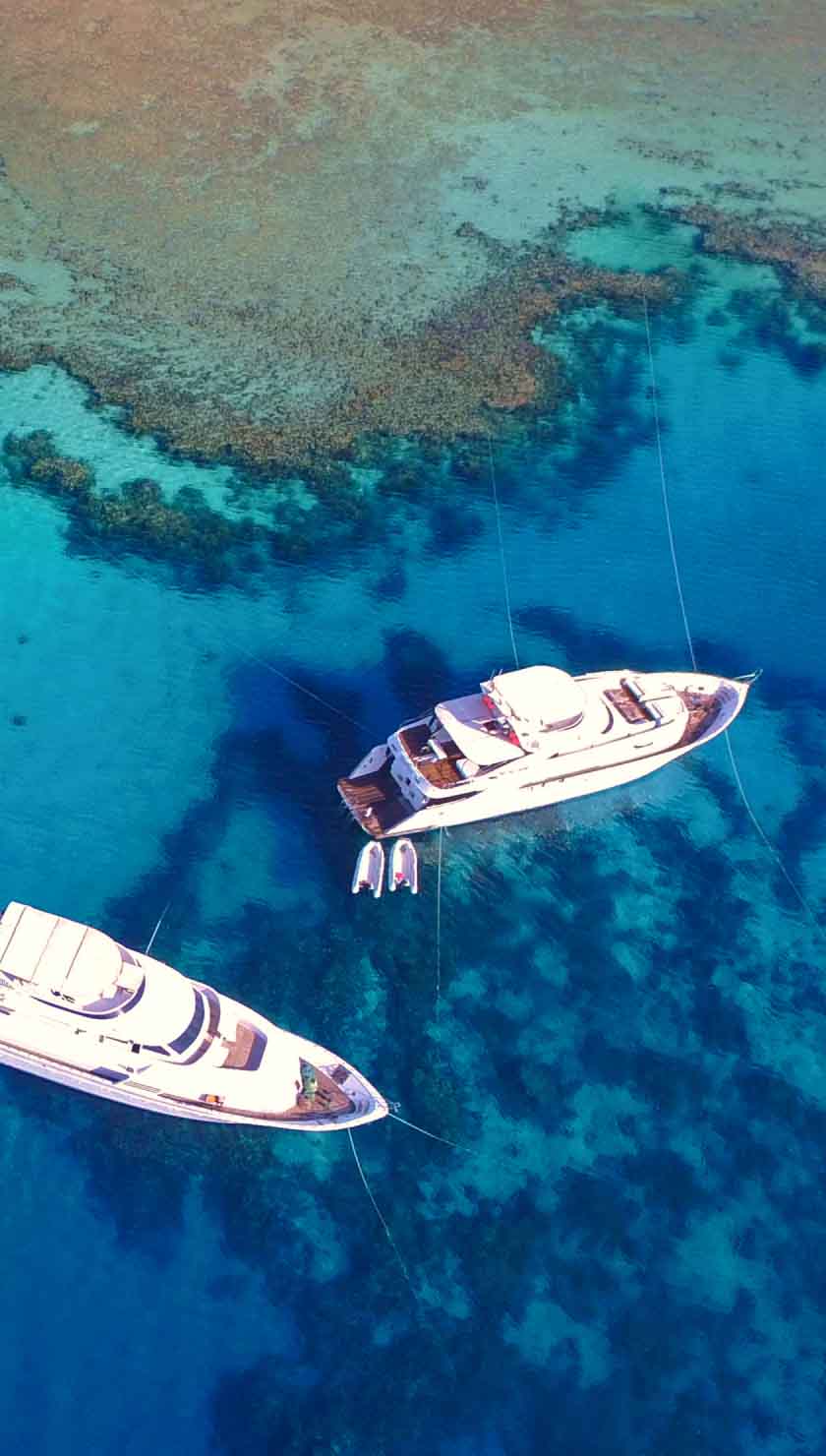Journey Through Europe's Enchanted Christmas Markets
As the river winds gently past half-timbered houses and ancient castles, a soft golden glow lights up the towns along the Rhine. The scent of roasting chestnuts drifts through the icy air, mingling with wafts of mulled wine and cinnamon. Lanterns flicker in frosted shop windows. Choirs sing beside Baroque fountains, and wooden stalls overflow with handcrafted treasures beneath towering, ornament-laden trees. This is the soul of Christmas in Central Europe — a time-honored ritual of light and warmth set against winter’s chill. A Rhine River cruise in December becomes not just a voyage through countries, but through centuries of culture, celebration, and seasonal magic.

From Cologne’s mighty cathedral to Strasbourg’s medieval squares, the river carries travelers through some of the most cherished Christmas markets in Europe. These festive gatherings — known as Weihnachtsmärkte or Marchés de Noël — are more than holiday fairs. They are living embodiments of local identity, folklore, and sustainability, where communities reconnect with their roots and share timeless traditions with the world.
Ancient Origins, Living Traditions
While the image of the Christmas market may feel quintessentially European, its roots actually trace back to the Late Middle Ages. The earliest documented market along the Rhine was in Strasbourg, France, first held in 1570 and known then as the Christkindelsmärik. The tradition had practical origins — townsfolk needed to buy provisions and gifts ahead of winter — but quickly evolved into festive gatherings centered around faith, music, and crafts. Over time, more towns followed suit, each infusing their market with local customs, dialects, and seasonal delicacies.
Today, the Rhine's Christmas markets are celebrated from late November through Christmas Eve, with some continuing until the New Year. Illuminated riverbanks and decorated town squares become havens for holiday travelers, especially those arriving by river cruise, where each port reveals a new take on the season’s spirit.
Cologne, Germany: A Cathedral's Embrace
One of the most iconic Christmas destinations in Germany, Cologne hosts several markets, but none more impressive than the one that unfolds beneath its UNESCO-listed Gothic cathedral. Known as the Weihnachtsmarkt am Kölner Dom, this market features over 150 chalets clustered around a central fir tree, where artisans sell a wide range of items, including carved nativity scenes and hand-blown glass ornaments from the Black Forest.
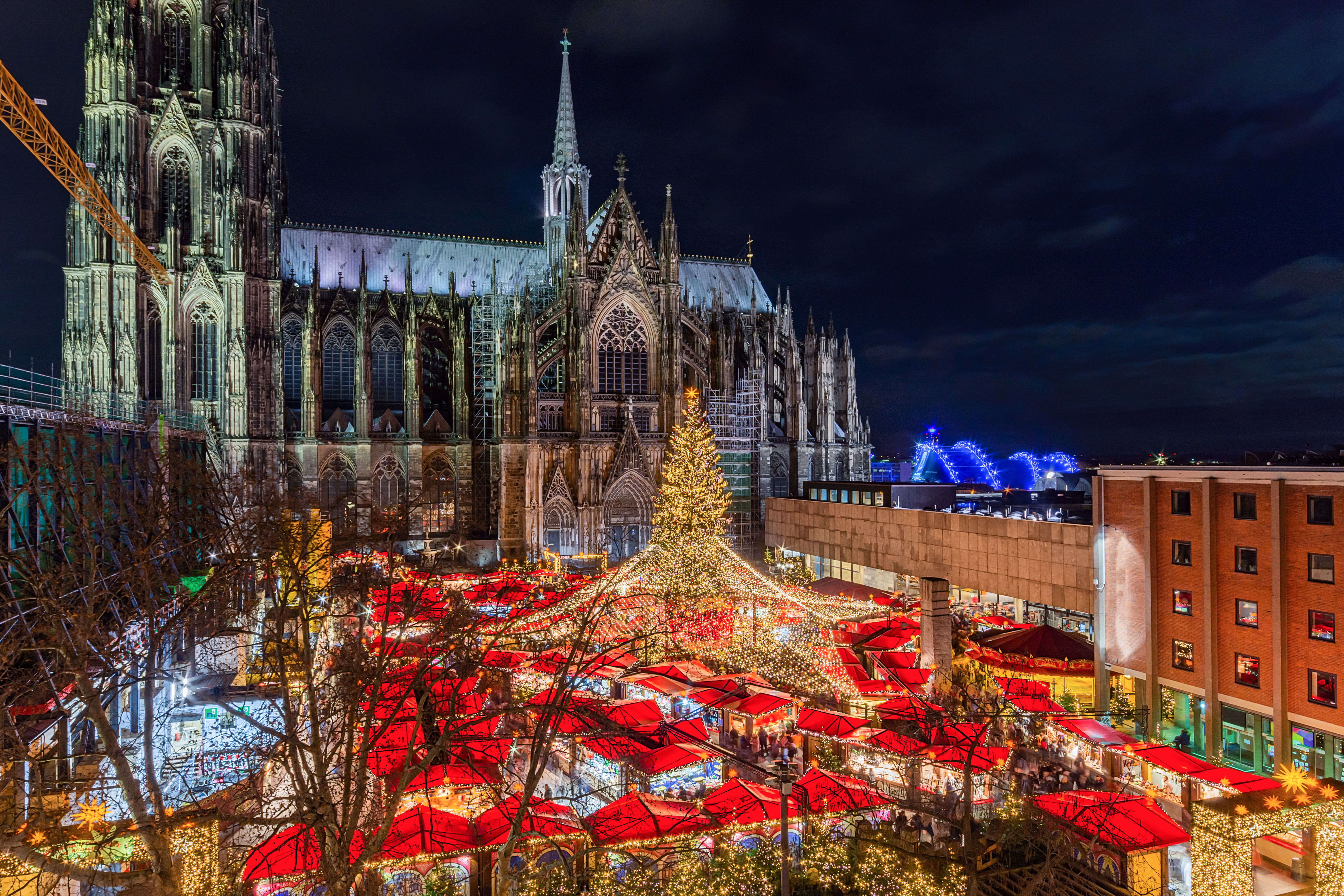
The sound of a brass quartet echoes across cobbled plazas, and the scent of Reibekuchen — crispy potato pancakes served with applesauce — mingles with sweet notes of vanilla and almond. Nearby, the Heinzels Wintermärchen (Gnome’s Christmas Market) in the Altstadt adds a playful layer of folklore with themed lanes and storytelling booths, reviving local legends about helpful gnome-like creatures known as the Heinzelmännchen.
Rüdesheim, Germany: Wine, Magic, and Market Warmth
Nestled among terraced vineyards and castle ruins, Rüdesheim transforms into a fairy-tale village during the holidays. The Christmas Market of the Nations brings together over a dozen countries, each represented by a stall offering traditional crafts and treats. Irish woolens, Finnish smoked salmon, and Italian panettone stand alongside German mulled wine, creating a truly international ambiance.
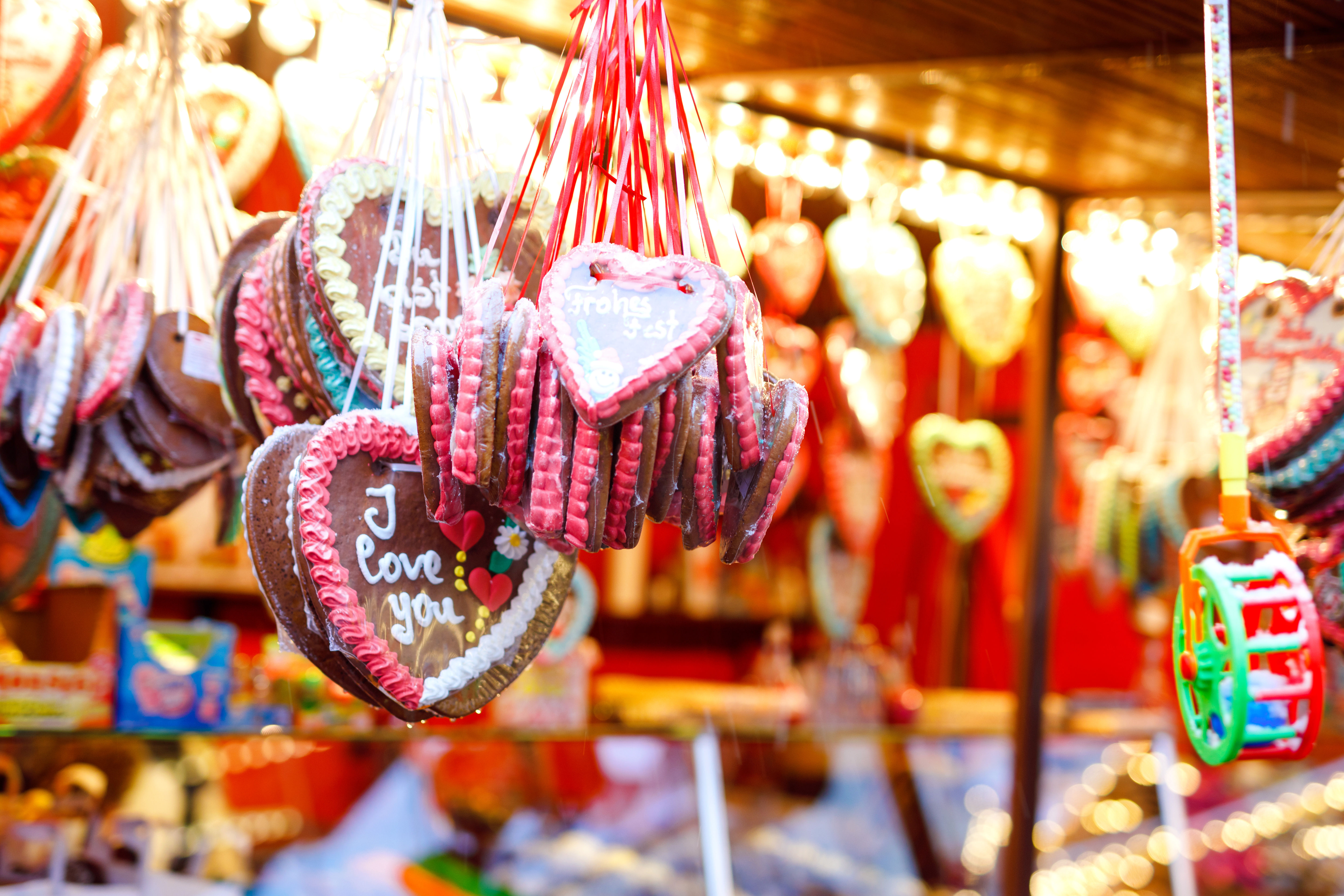
Yet Rüdesheim’s charm lies in its intimacy — half-timbered buildings strung with lights, a carousel twirling beside the Drosselgasse, and vintners pouring steaming cups of Rüdesheimer Glühwein spiced with local Riesling and clove. The nearby Mechanical Music Cabinet Museum adds a whimsical touch, where antique music boxes tinkle out old carols in candlelit rooms.
Strasbourg, France: The Capital of Christmas
Crossing the river into France, the Alsatian city of Strasbourg is widely hailed as the “Capitale de Noël”. The Christkindelsmärik — the oldest recorded Christmas market in France — sprawls across Grande Île, a UNESCO World Heritage-listed island brimming with timbered houses and Gothic churches. Over 300 stalls radiate out from the Place Broglie and Place de la Cathédrale, where the scent of pain d’épices (gingerbread) and roasted almonds wafts through the cold December air.
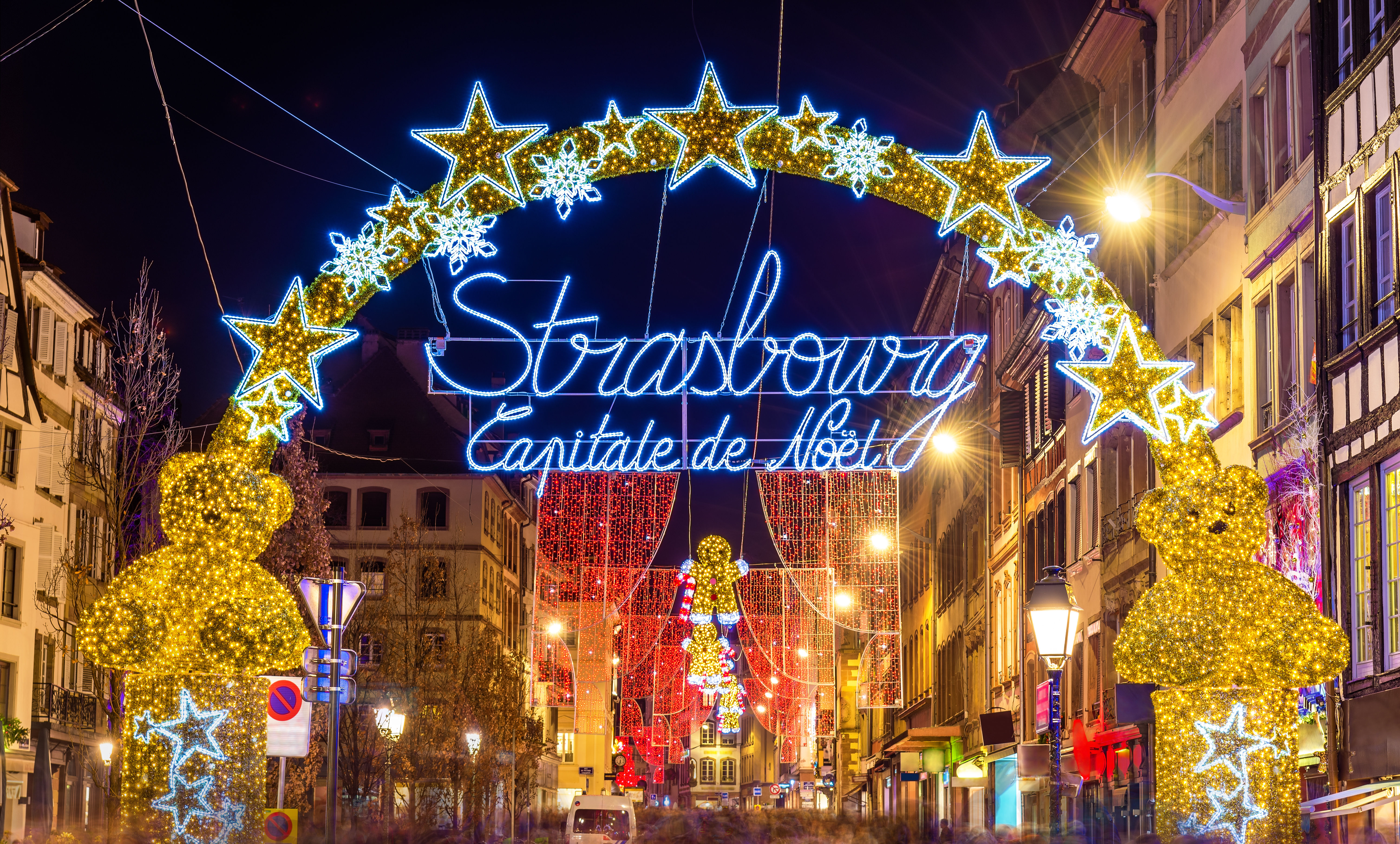
Here, local traditions run deep. St. Nicholas parades blend with Catholic and Protestant customs, and Alsatian bakeries overflow with buttery bredele cookies. Sustainability is central to Strasbourg’s Christmas philosophy — LED lighting, composting stations, and handcrafted gifts from local artisans reduce environmental impact while preserving authenticity. At night, the Great Christmas Tree in Place Kléber towers like a silent guardian of festive joy.
Heidelberg, Germany: Castles and Candlelight
Though not directly on the Rhine, the town of Heidelberg is often included as a shore excursion and offers one of Germany’s most romantic Christmas markets. Beneath the red sandstone walls of its Renaissance-era castle, the old town unfolds in a series of cobblestone plazas — each with its own market character. Ice skaters twirl beside the Kornmarkt, while stalls at the Universitätsplatz offer steaming mugs of hot chocolate and locally made beeswax candles.
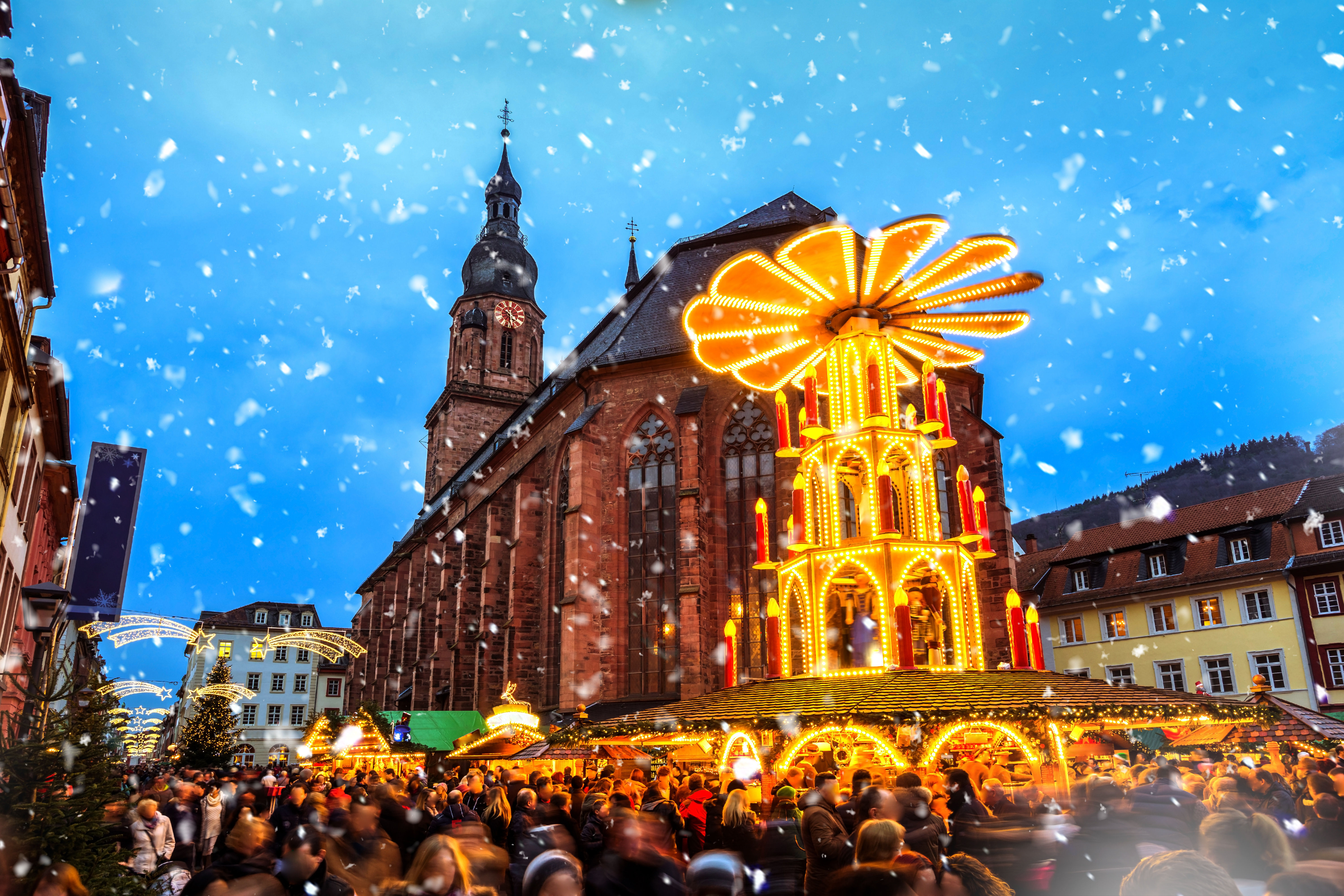
Heidelberg’s market is known for its student-driven energy — university choirs and chamber groups perform carols nightly, echoing through the medieval lanes. Try the Dampfnudeln, fluffy yeast dumplings drizzled with vanilla sauce, and browse wooden toys crafted in the nearby Erzgebirge region, which has deep ties to traditional Christmas crafts.
Düsseldorf, Germany: A Modern Take on Tradition
Further north, the cosmopolitan city of Düsseldorf offers a more modern twist on the Christmas market experience. Its primary market unfolds in several themed sections, from Art Nouveau chalets at Königsallee to medieval-style displays at the Rathausplatz. A glittering Ferris wheel offers sweeping views of the Rhine, while stylish boutiques overflow with gift ideas for the fashion-conscious set.
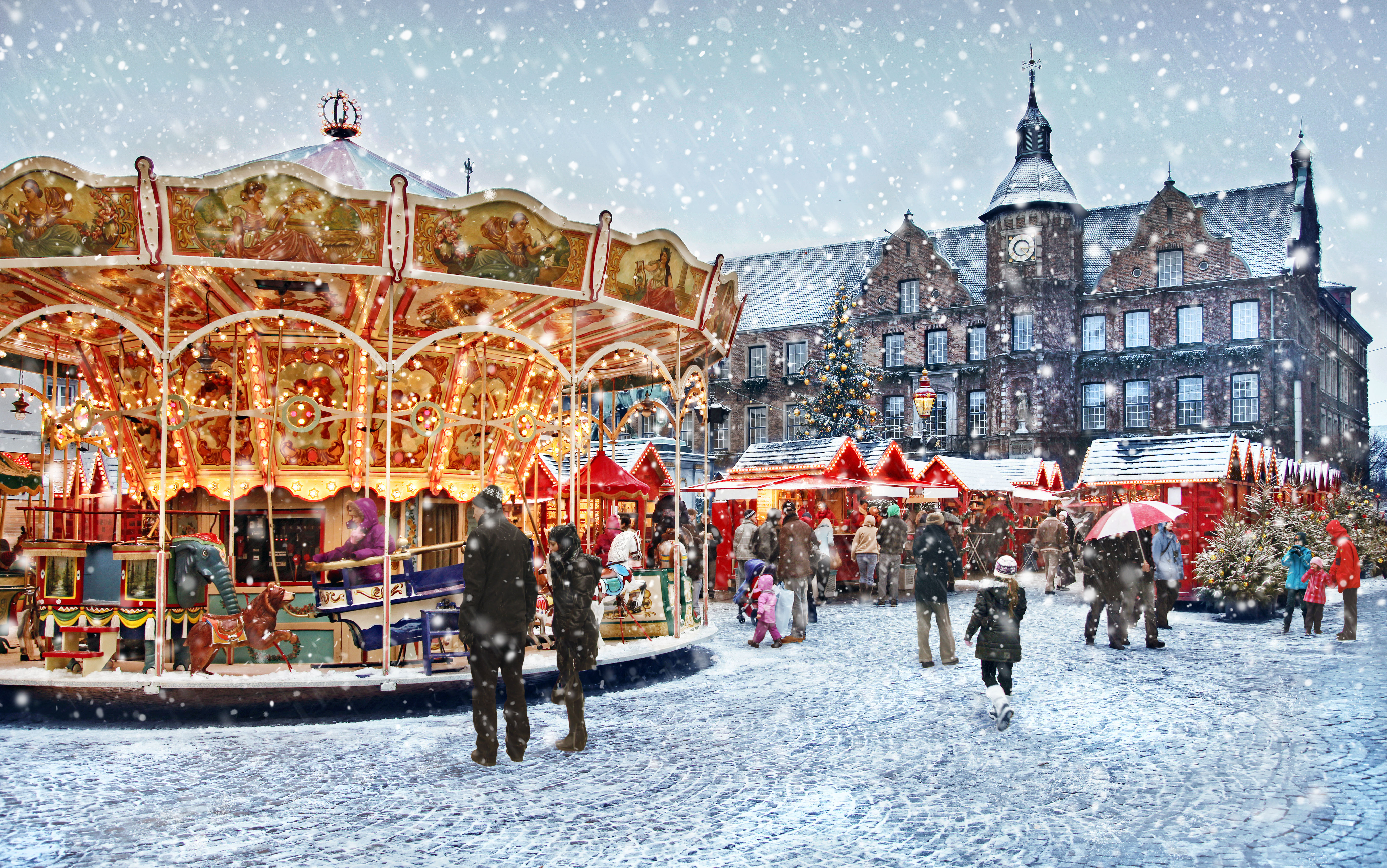
Yet even amid this chic flair, tradition holds firm. Stalls serve Bratwurst grilled over open flames, and bakeries turn out Spekulatius — spiced shortbread cookies shaped like windmills and saints. Düsseldorf also embraces inclusivity, with special markets featuring crafts and music from international communities, reflecting its vibrant, multicultural population.
Basel, Switzerland: The Southern Gateway
At the southern edge of many Rhine cruises, Basel marks a charming Swiss finale. With its cobbled alleys and illuminated fountains, the city’s Christmas markets at Barfüsserplatz and Münsterplatz are smaller but no less atmospheric. The latter unfolds in the shadow of the Basel Minster, where choirs sing against a backdrop of sandstone towers and candlelit windows.

Basel’s stalls emphasize craftsmanship — hand-blown glass, hand-dipped candles, and ceramic angels abound. A highlight is the Basler Läckerli, a spiced honey biscuit unique to the region, sold alongside hot cheese raclette and Swiss fondue served in wooden bowls. The Tinguely Fountain, with its whimsical kinetic sculptures, adds a touch of surreal artistry to the experience.
Savoring the Flavors of the Season
At every port, food becomes a gateway to the local culture. Guests can sip Glühwein (mulled wine) infused with cloves and citrus, or indulge in roasted chestnuts, candied nuts, and Lebkuchen (gingerbread) shaped like stars and hearts. In Strasbourg, Alsatian sausages sizzle beside steaming sauerkraut. In Cologne, visitors queue for Mutzenmandeln, deep-fried almond pastries dusted in sugar. Each bite evokes centuries of ritual, family, and festivity.
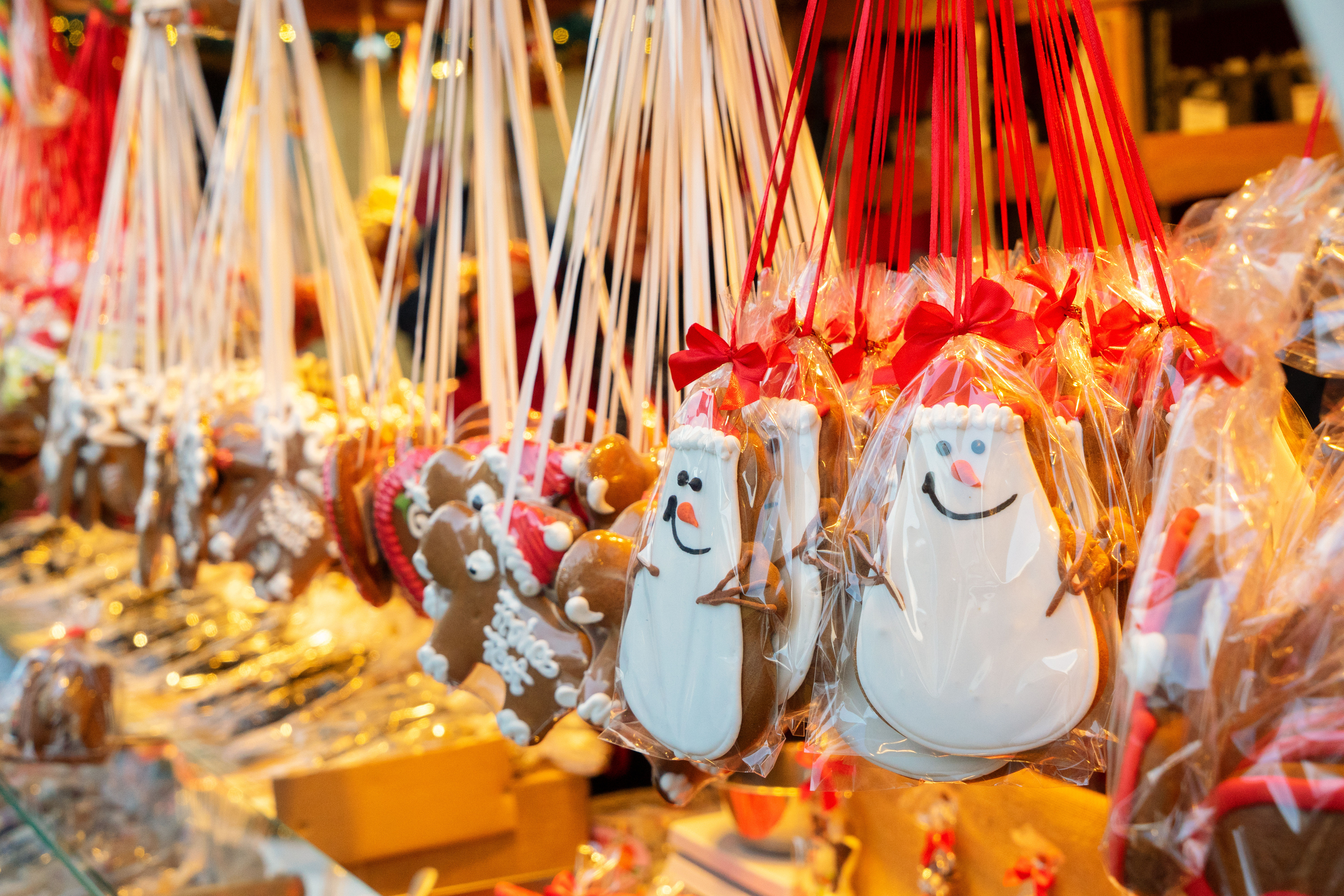
These culinary experiences offer more than sustenance — they represent ecological and economic support for regional producers, bakers, and brewers. In many markets, ingredients are sourced locally, and packaging is made from biodegradable materials. It's a testament to how ancient customs can adapt to modern values of sustainability and conservation without losing their essence.
A Celebration of Light and Humanity
As the river sparkles under winter skies and bells ring from riverside steeples, it's easy to see why Christmas markets hold such emotional resonance. In a world often fractured by distance and distraction, these gatherings remind us of a shared need for warmth, wonder, and connection. Lights strung across timbered facades become metaphors for resilience; spiced wine and song are invitations to slow down, to savor, to reflect.
Traveling the Rhine by river cruise during Christmas is more than a holiday trip. It’s a journey into the heart of European culture — where nature, history, and humanity meet under the glow of a thousand tiny lights. In the hush of a snow-dusted evening, cup in hand, one realizes: this isn’t just a celebration of a season. It’s a celebration of life itself.
For those drawn to the spellbinding allure of Europe’s winter traditions, the magic continues eastward — discover the legendary Danube Christmas markets in cities like Vienna, Budapest, and beyond.










